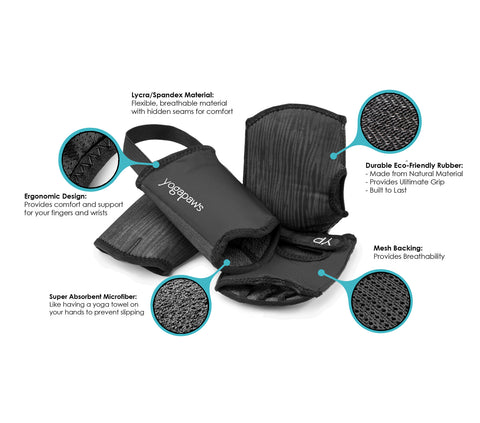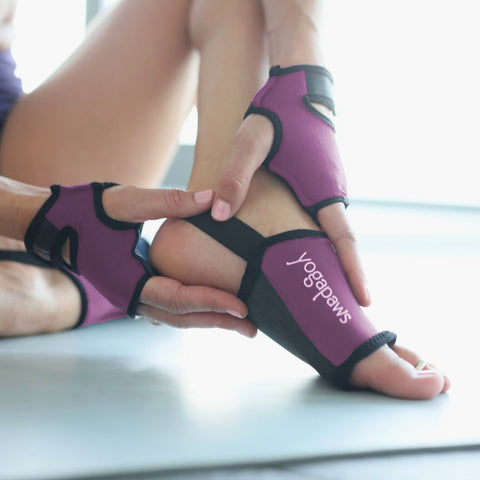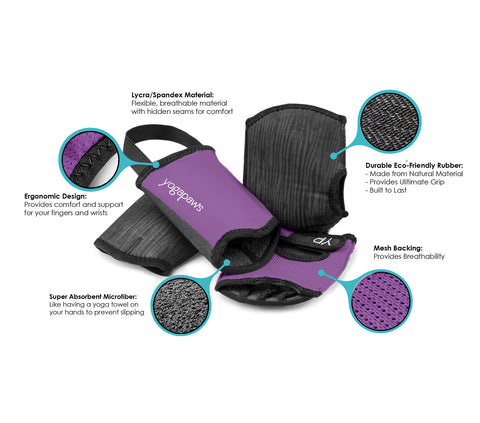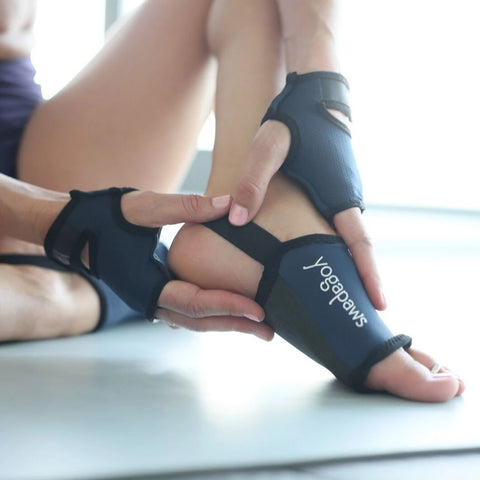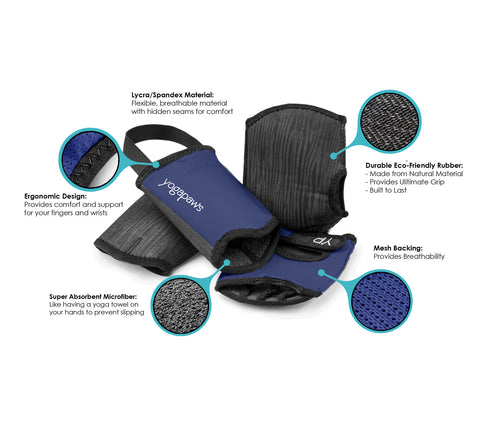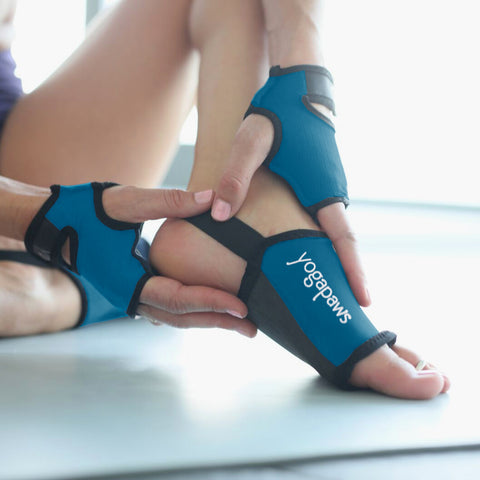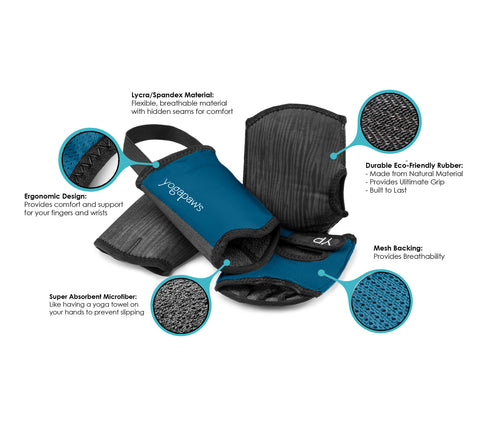Posted on March 04 2018
 Often, it’s the first pose you do after you open your eyes in a yoga class—forward bend. Knees straight or softly bent, you hinge from your hips and reach for the floor. After a few breaths, you move into another pose or sequence. You probably don’t walk out of class remembering those moments, but you can get so much out of them.
Often, it’s the first pose you do after you open your eyes in a yoga class—forward bend. Knees straight or softly bent, you hinge from your hips and reach for the floor. After a few breaths, you move into another pose or sequence. You probably don’t walk out of class remembering those moments, but you can get so much out of them.
It’s easy to get distracted in class and focus only on the challenge poses or the ones you find enjoyable. There’s nothing wrong with that, but taking the time to embrace the simpler poses can bring a lot of rewards, both boosting your experience of your practice and serving as a building block for further exploration.
You probably already know that forward bends release your back and hamstrings. Approaching them more mindfully can help you get a deeper stretch through those areas. These poses are also grounding, helping you shed stress, which you might carry in your lower back and hamstrings.
Whether you are doing a standing or seating pose, the most important thing to think about is not hunching your back. It’s tempting to try to get your head as close to your legs as possible, but that’s missing the point of the pose. Think of keeping your spine as one long unit. Initiate the movement from your hips, not your waist. Visualize your vertebrae stretching and opening as you move.
Here are a few poses to try:
 |
Kurmasana (Turtle Pose) Benefits: Threading your arms under your legs helps you into a deeper stretch. How to do it: Begin sitting on your mat. Separate your legs a little over 90 degrees. Bend your knees slightly. Place your right arm under your right leg. Do the same with your left. Place your palms on the floor. Think about straightening your legs as you stretch forward. Remain in the pose for three to five breaths, then bend your knees to release your arms and come back up. |
 |
Paschimottanasana (Seated Forward Bend) Benefits: This pose encourages you to keep your spine long as you bend forward. How to do it: Start in Dandasana (Staff Pose) with your hips on a folded blanket. Use your hands to pull each foot away from your same-side hip. On an inhale, bend forward from your hips. Focus on lengthening the back of your pelvis away from your shoulders. Wrap your hands around the outsides of your feet, or, if that’s not available, loop a strap around them. Remain in the pose for one to three minutes, then release. |
|
|
Janu Sirasana (Head-to-Knee Forward Bend) Benefits: This forward bend is also a twist, helping to release your back body more comprehensively. How to do it: Begin on the floor with your legs in front of you and your hips on a folded blanket. Bend your right knee and open your right hip so that the sole of your right foot rests on the inside of your left thigh. Fold at the hip so that you can lay your body down over your left leg. Then reach your right hand or a strap around the inside of your left foot and bend forward. Keeping your torso long, stay in the pose for one to three minutes. Release and repeat on the other side. |
 |
Uttanasana (Standing Forward Bend) Benefits: The simplicity of this pose makes it a great place to feel your alignment. How to do it: Stand in Tadasana (Mountain Pose). Hinge from your hips and place your hands on the ground. Remain in the pose for 30 seconds to one minute, then keep your back straight and release. |
 |
Parsvottanasana (Intense Side Stretch Pose) Benefits: Separating your legs in this pose gives your hamstrings a deeper release. How to do it: Begin in Tadasana (Mountain Pose). Step or hop your feet three and a half to four feet apart. Turn your left foot in slightly and your right foot out. Square your hips with your right leg and hinge forward. Remain in the pose for 15 to 30 seconds, then release and repeat on the other side |
As you practice these poses, it can help to focus on releasing stress through your body. Think of tension pouring out of your back and hamstrings through the space you’ve created. Feel your head heavy as you bend and let the chaos in your mind melt away through your crown.



